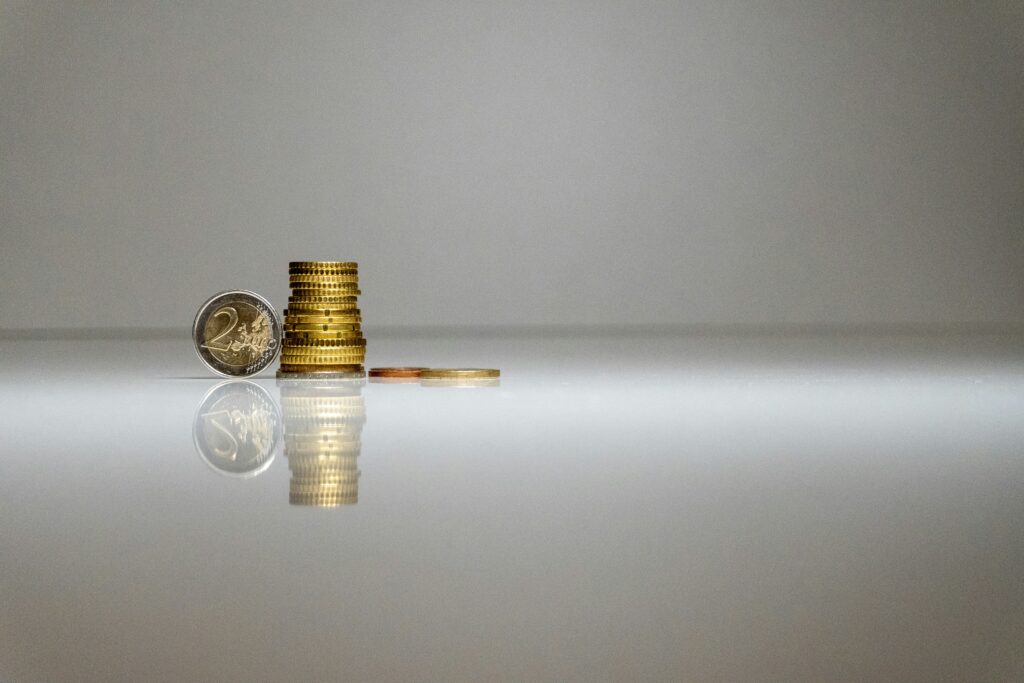urine sinks to bottom of toilet bowl
Why Do Liquids—and Solids—Settle?
- Density: Human waste, both solid and liquid, is typically denser than water—especially urine after sleep or dehydration. This makes initial settling at the bottom more likely.
- Gravity: The simplest force; gravity pulls denser waste straight down.
- Volume of toilet water: If the bowl has enough water, the solid or concentrated urine will settle undisturbed. In lowflow toilets, settling is more obvious.
- Entry speed: Gentle urination or soft solid deposit results in layering, not mixing, especially without a strong flush.
- Temperature: Warm urine can sit atop cold bowl water for a moment, but quickly cools and sinks as density increases.
The same basic physical principles explain why urine sinks to bottom of toilet bowl and why solid waste does not float (unless gas or high fat content alter the density).
Is Settling Normal?
Absolutely. Both urine and solid waste are meant to settle, making flushing efficient and minimizing splashing. Urine: Especially concentrated urine sinks to bottom of toilet bowl; dilute, clear urine may mix instantly, giving a different appearance. Solid waste: Most stools are denser than water. Floating may indicate increased gas (common after highfiber meals) or malabsorption (if chronic, consult a physician).
When Is Settling a Problem?
Settling alone is not an issue; concern arises if:
Persistent residue remains after multiple flushes: Indicates possible water inefficiency or developing clog. Solid waste consistently floats: Can accompany fat malabsorption—if paired with other digestive symptoms, seek advice. Consistent unusual color or visible sediment: For both urine and stool, may reflect dehydration or (rarely) infection.
Routine is about watching for changes, not panicking after a single flush.
Toilet Cleaning and Maintenance
Urine sinks to bottom of toilet bowl for most users. Over time:
Rings or stains: When urine or residue stays pooled at the bottom, hard water minerals can create visible rings—especially if flush discipline lapses. Cleaning: Use a toilet brush weekly and clean below the water line to prevent accumulation.
In hightraffic bathrooms, layer discipline—flush after each use, quick cleaning nightly—keeps settling from becoming a cosmetic problem.
Plumbing Implications
Older toilets: May allow more visible pooling, especially with minimal flush volume. Proper drainage: If water drains slowly, settling becomes more pronounced. Water quality: High mineral content emphasizes deposited waste.
No plumbing emergency is required unless other symptoms (gurgling, persistent odor, backflow) accompany settling.
Health and Hygiene
Hydration: More dilute urine mixes faster; dark, concentrated urine increases settling. Clear urine is generally a healthy sign. Digestive clues: Solid waste that changes character—float, color, size—should be noted for trends.
Drinking more water, keeping fiber consistent, and regular cleaning build the best environment for routine and reassurance.
Myths—Cleared Up
Settling is a sign of disease: No—unless paired with changes in color, odor, or other symptoms. Only bad plumbing causes poop or urine to settle: False—physics, not plumbing, sets the layers first.
Environmental and Structural Factors
Toilet bowl shape matters: deeper bowls show more vertical settling. Tank/flush volume: deeper water means slower mixing. Cleaning chemicals can alter how quickly solids and urine disperse, but routine maintains bowl clarity.
What to Avoid
Don’t use abrasive chemicals or heavy scrubbing for routine urine/sediment stains—consistent, gentle cleaning is best. Never pour oil or nonwatersoluble products into toilets—the cause of true clogs and residue buildup.
When to Take Action
For persistent stains or heavy buildup: Use vinegarbased or mild abrasive cleaner with a regular brush. For changes in color/consistency: Record for a few days; consult a health professional if it persists. For slow flushing or overflow: Plunger or plumber, not just a brush.
Final Observations
Routine, not randomness, explains everything in bathroom maintenance. From fluid density to bowl cleaning, every outcome is a signal for disciplined upkeep, not emergency. Urine sinks to bottom of toilet bowl for clear scientific reasons, and both solid and liquid settling mean the toilet is doing its job—collect, separate, and remove efficiently. Watch for major changes, but otherwise keep cleaning and flushing on schedule. Your plumbing—and those using it—benefit when discipline outpaces drama. Clean bowl, clear mind. Flush, clean, repeat.





